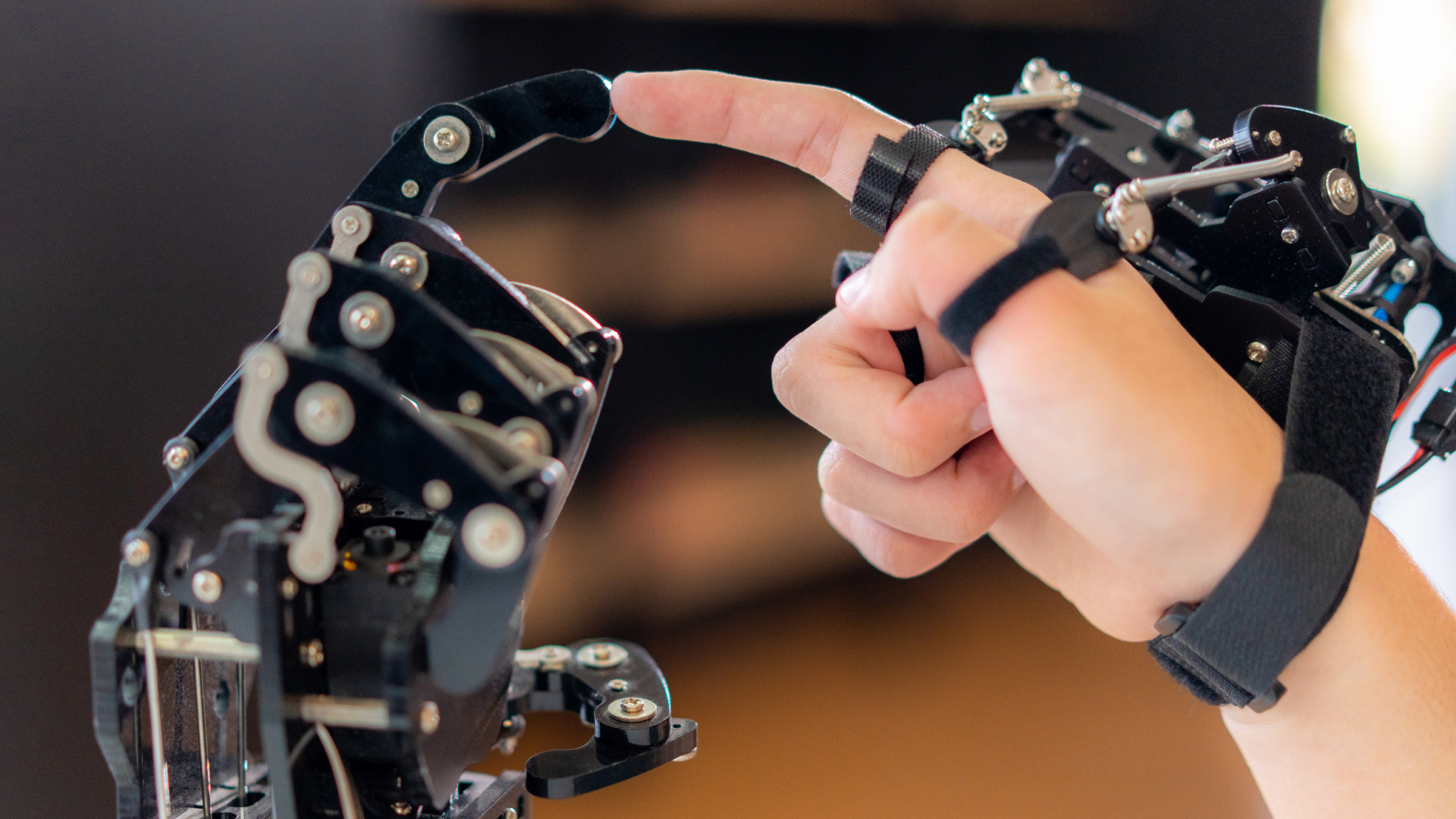Membranes, Vol. 13, Pages 182: Membrane-Based Hybrid Method for Purifying PEGylated Proteins
Membranes doi: 10.3390/membranes13020182
Authors: Shing Fung Lam Xiaojiao Shang Raja Ghosh
PEGylated proteins are usually purified using chromatographic methods, which are limited in terms of both speed and scalability. In this paper, we describe a microfiltration membrane-based hybrid method for purifying PEGylated proteins. Polyethylene glycol (or PEG) is a lower critical solution temperature polymer which undergoes phase transition in the presence of a lyotropic salt and forms micelle-like structures which are several microns in size. In the proposed hybrid method, the PEGylated proteins are first converted to their micellar form by the addition of a lyotropic salt (1.65 M ammonium sulfate). While the micelles are retained using a microfiltration membrane, soluble impurities such as the unmodified protein are washed out through the membrane. The PEGylated proteins thus retained by the membrane are recovered by solubilizing them by removing the lyotropic salt. Further, by precisely controlling the salt removal, the different PEGylated forms of the protein, i.e., mono-PEGylated and di-PEGylated forms, are fractionated from each other. Hybrid separation using two different types of microfiltration membrane devices, i.e., a stirred cell and a tangential flow filtration device, are examined in this paper. The membrane-based hybrid method for purifying PEGylated proteins is both fast and scalable.

 1 year ago
38
1 year ago
38


